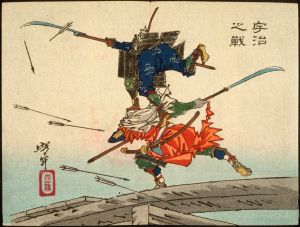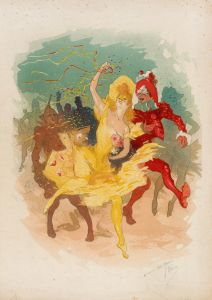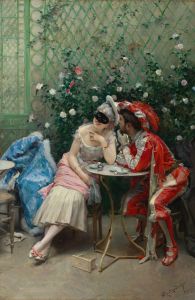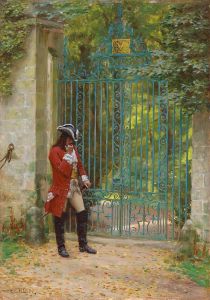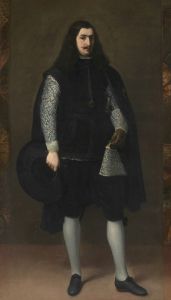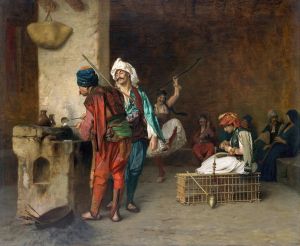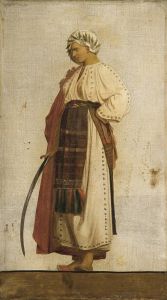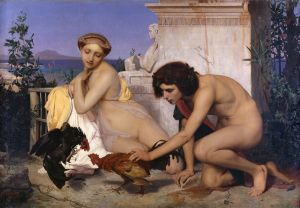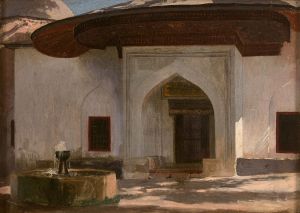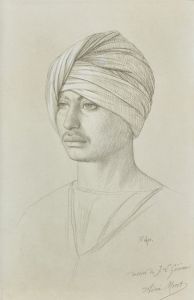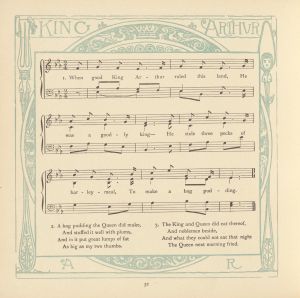
The Duel After the Masquerade
A hand-painted replica of Jean-Léon Gérôme’s masterpiece The Duel After the Masquerade, meticulously crafted by professional artists to capture the true essence of the original. Each piece is created with museum-quality canvas and rare mineral pigments, carefully painted by experienced artists with delicate brushstrokes and rich, layered colors to perfectly recreate the texture of the original artwork. Unlike machine-printed reproductions, this hand-painted version brings the painting to life, infused with the artist’s emotions and skill in every stroke. Whether for personal collection or home decoration, it instantly elevates the artistic atmosphere of any space.
"The Duel After the Masquerade" is a notable painting by the French artist Jean-Léon Gérôme, completed in 1857. Gérôme was a prominent figure in the 19th-century academic art scene, known for his precise and detailed style, which often depicted historical and Orientalist themes. This particular painting is a fine example of his ability to capture dramatic moments with a high degree of realism and emotional intensity.
The painting portrays a dramatic scene set in the aftermath of a duel, a common practice among gentlemen in the 19th century to resolve disputes of honor. The setting is a snowy landscape, which adds to the somber and chilling atmosphere of the scene. In the foreground, a wounded man, dressed in the elaborate costume of a harlequin, is being supported by two other men. The harlequin's costume suggests that the duel took place after a masquerade ball, a popular social event during that era, where participants would dress in elaborate costumes and masks.
The composition of the painting is carefully arranged to draw the viewer's attention to the central figures. The harlequin, with his colorful costume, stands out against the stark white snow, emphasizing his vulnerability and the gravity of the situation. The two men supporting him are dressed in more subdued colors, which helps to focus the viewer's attention on the wounded man. Their expressions and body language convey a sense of urgency and concern, adding to the emotional impact of the scene.
In the background, other figures can be seen, including a man holding a sword, presumably the victor of the duel, and another figure who appears to be a doctor or a concerned onlooker. The presence of these figures adds depth to the narrative, suggesting the social dynamics and the seriousness of dueling as a practice. The snowy landscape, with its barren trees and overcast sky, further enhances the mood of desolation and tragedy.
Gérôme's attention to detail is evident in the meticulous rendering of the costumes, the snow-covered ground, and the expressions of the characters. His use of light and shadow creates a sense of depth and realism, making the scene almost lifelike. The painting is a testament to Gérôme's skill as a storyteller, using visual elements to convey a narrative that is both specific to its historical context and universally understood in its exploration of themes such as honor, conflict, and the consequences of violence.
"The Duel After the Masquerade" is housed in the Walters Art Museum in Baltimore, Maryland. It remains a significant work within Gérôme's oeuvre and continues to be appreciated for its artistic merit and its poignant depiction of a bygone social ritual. The painting not only reflects the customs and values of its time but also invites viewers to reflect on the broader human experiences of conflict and reconciliation.





